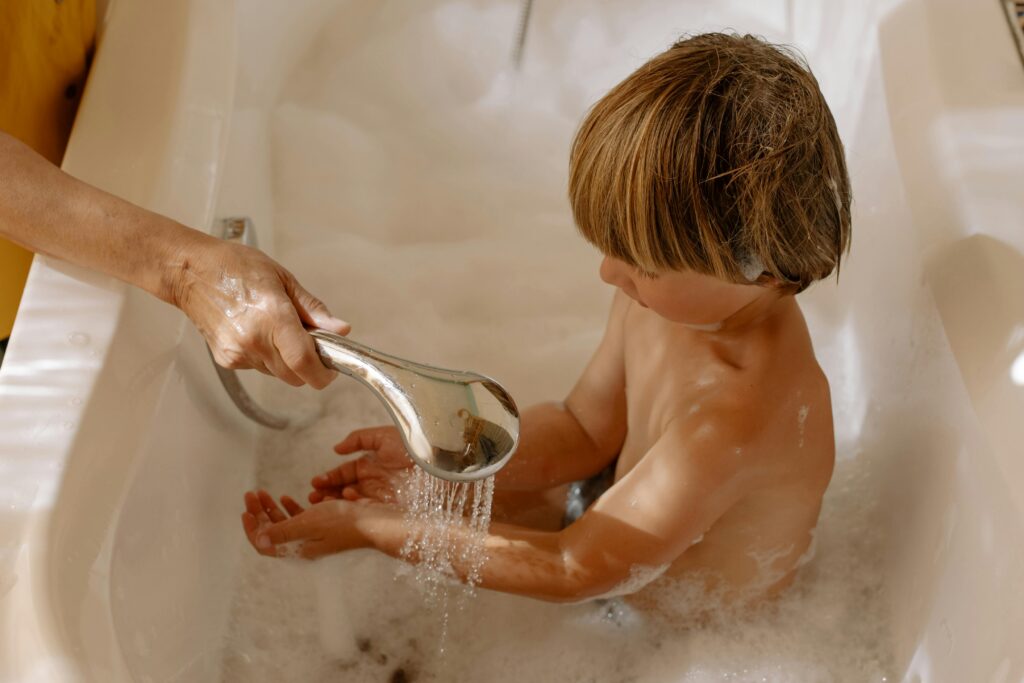Water is an essential part of our daily lives, but it can also pose serious risks if proper precautions are not taken. From accidental drownings to waterborne illnesses, being aware of potential hazards can help you create a safer environment for your family. Here are some essential water safety tips for your home:
1. Prevent Drowning Risks
- Supervise Children Constantly: Never leave children unattended near any water source, including bathtubs, sinks, or even buckets of water. Drowning can happen quickly and silently.
- Install Safety Devices: Use safety latches or covers on toilets, and install barriers, gates, or fences around pools and hot tubs to prevent unauthorized access.
- Empty Water Containers After Use: Buckets, bathtubs, and kiddie pools should be drained immediately after use to eliminate drowning risks.
2. Maintain Safe Water Temperature
- Set Your Water Heater to a Safe Temperature: Keep the thermostat on your water heater at 120°F (49°C) or lower to prevent scalding injuries.
- Test the Water Temperature: Always check the water temperature before giving your child a bath or washing your hands.
3. Avoid Slips and Falls
- Use Non-Slip Mats: Place non-slip mats in bathtubs, showers, and near sinks to prevent accidents.
- Keep Floors Dry: Wipe up spills and water puddles immediately to reduce the risk of slipping.
4. Ensure Water Quality
- Install Water Filters: Use water filters or purifiers to ensure your drinking water is free from harmful contaminants.
- Regular Maintenance: Check pipes, faucets, and water storage tanks for leaks or signs of contamination.
- Test Your Water Supply: If you rely on well water, have it tested annually for bacteria, nitrates, and other pollutants.
5. Teach Water Safety
- Educate Your Family: Teach children about the dangers of water and the importance of following safety rules.
- Learn CPR: Knowing how to perform CPR can save lives in the event of a water-related emergency.
6. Secure Pools and Water Features
- Install Alarms and Covers: Use pool alarms and safety covers to provide additional layers of protection.
- Store Chemicals Safely: Keep pool chemicals locked away and out of reach of children to prevent accidental poisoning.
7. Be Prepared for Emergencies
- Keep Emergency Numbers Handy: Have the contact information for your local poison control center and emergency services readily accessible.
- Invest in Safety Equipment: Keep life jackets, safety rings, or other flotation devices near swimming areas.
Final Thoughts
Water safety at home is a shared responsibility. By implementing these tips, you can significantly reduce risks and ensure that your home remains a safe place for everyone. Regular vigilance, proper education, and the right safety tools can make all the difference in preventing water-related accidents. Take the time to evaluate your home’s water safety measures today and make any necessary adjustments for peace of mind.

